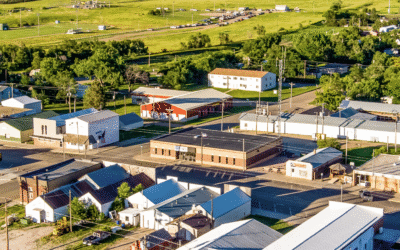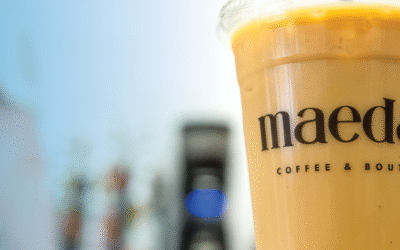Protect your precious memories with 3-2-1 photo back up method
In today’s digital age, you constantly capture memories with your smartphone and camera – whether it’s the first photos of your children, an unforgettable vacation, or a glimpse of a beautiful sunrise or sunset.
It’s crucial to have reliable back up options for these memories and any photos you digitize in case of accidental loss or hardware failure. There are different options when choosing which backup plan is best for you. If you want maximum protection, consider the 3-2-1 approach.
The 3-2-1 method recommends having three (3) copies of your photos (the original and at least two copies) stored on two (2) different media or hard drives for storage and keeping one (1) copy of your photos offsite (in case of site-specific failure or natural disaster). Below are different media and hard drive options, complete with pros and cons, that can be used with the 3-2-1 method.
1. Recordable Media
SD cards, CDs, and DVDs are an easy backup solution. However, you could end up with a pile of photos that may be difficult to organize. These options work well for short-term purposes, but it may not be the best way to back up photos long-term.
2. USB Flash Drive
A USB flash drive provides a portable and convenient backup solution. They are easy to use and can serve as an on-the-go backup option for important photos. Despite this convenience, the risks of loss or damage increase when solely relying on a USB flash drive.
3. Cloud Photo Services
Syncing to the cloud is the process of updating data between a local device, such as your smartphone, and an online storage service (the cloud). This ensures the latest version of your photos are mirrored and accessible across multiple devices connected to the same cloud account. Cloud syncing can occur automatically depending on the platform and helps you have a consistent backup option for your photos.
Popular platforms include Dropbox, Google Drive, Microsoft OneDrive, Adobe Creative Cloud, Picturelife, and more. These platforms allow you to upload and sync your photos, as well as organize and store them. Additional storage may require a paid subscription.
Using a platform that integrates with your smartphone or laptop, like Apple iCloud and Google Photos, is also a convenient option. They automatically back up your camera roll when connected to the internet.
Having multiple backup options for your photos is crucial. The 3-2-1 method may provide long-term satisfaction and protection for memories you never want to forget.
If you have old, printed photos you want to digitize, read 5 steps to digitize your photos from the comfort of home.
Sources: PetaPixel, TechRadar, ShutterMuse, Seagate
Golden West does not endorse any product or service it does not sell.




